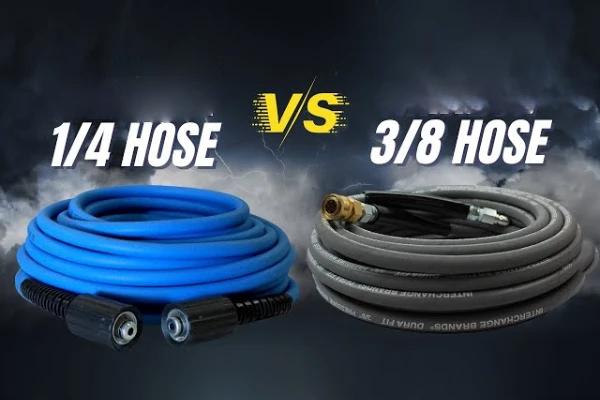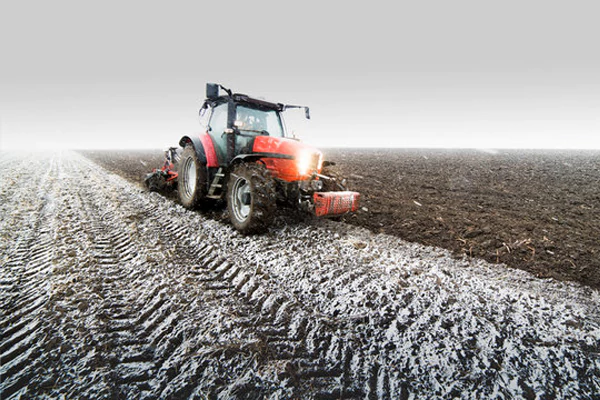Hoses play a crucial role in various industries, facilitating the transfer of liquids and gases. To ensure the efficiency and safety of hose assemblies, the often-overlooked component known as the “hose ferrule” comes into play.
In this comprehensive guide, we will delve into the world of hose ferrules, exploring their types, materials, installation tips, common issues, and much more.
What Is A Hose Ferrule
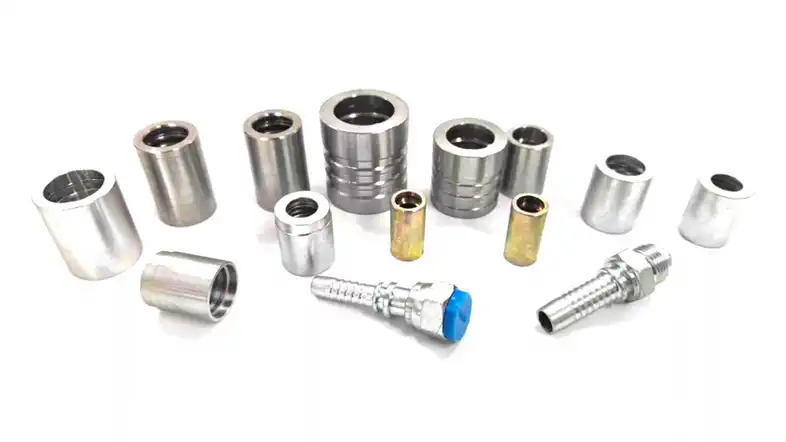
A hose ferrule is a cylindrical fitting typically made of metal or plastic, used to secure and seal the connection between a hose and a fitting. It plays a vital role in maintaining the integrity of hose assemblies.
Importance in Hose Assemblies
The significance of hose ferrules lies in their ability to provide a secure and leak-free connection, ensuring the efficient transfer of fluids or gases without compromising safety.
Types of Hose Ferrules
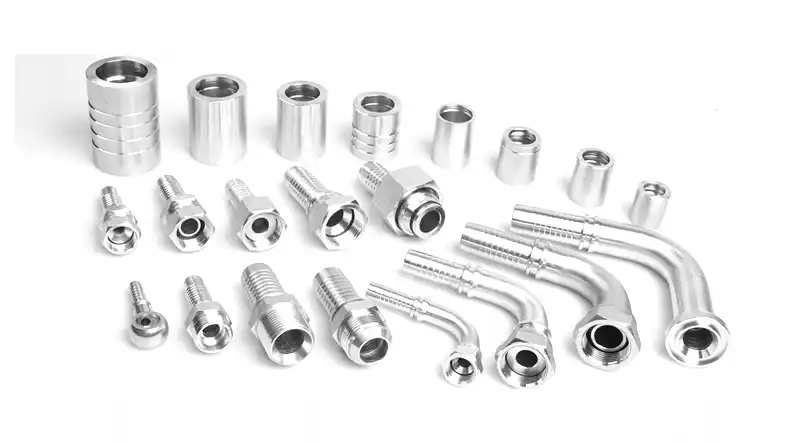
Let’s explore the three main types of hose ferrules in detail: crimped ferrules, reusable ferrules, and push-on ferrules.
1. Crimped Ferrules:
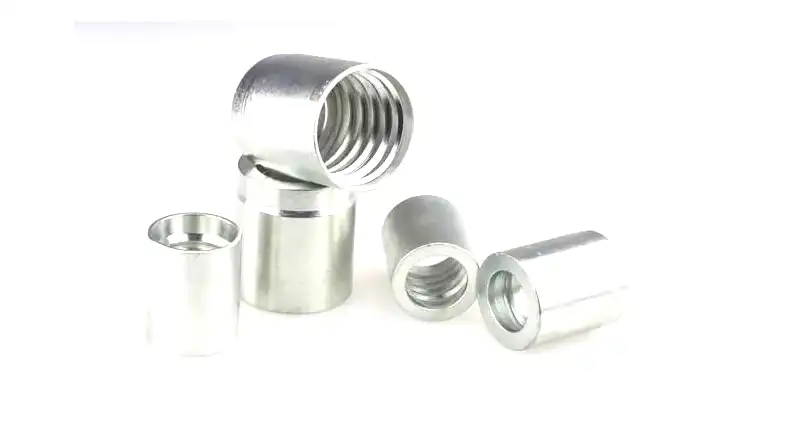
Crimped ferrules are a widely used type of hose ferrule known for their permanent and secure connection to the hose. The crimping process involves compressing the ferrule around the hose and fitting, creating a strong and durable bond.
This method is particularly suitable for high-pressure applications where a reliable connection is crucial. The crimped design ensures that the ferrule becomes an integral part of the hose assembly, reducing the risk of leaks and enhancing overall safety.
Proper crimping techniques, using specialized tools and following manufacturer guidelines, are essential to achieve optimal results with crimped ferrules.
2. Reusable Ferrules:
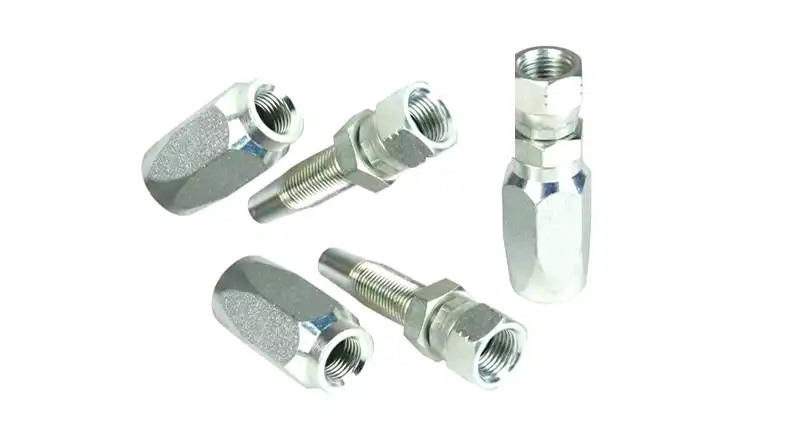
Unlike crimped ferrules, reusable ferrules offer versatility in hose assembly maintenance. These ferrules are designed to be disassembled and reassembled multiple times, making them ideal for applications where periodic inspection, maintenance, or replacement is required.
Reusable ferrules typically feature a two-piece design, allowing easy detachment from the hose and fitting. This flexibility not only simplifies maintenance tasks but also provides a cost-effective solution in situations where frequent disassembly is anticipated.
Attention to proper alignment and tightness during installation is crucial to ensure the longevity and effectiveness of reusable ferrules.
3. Push-On Ferrules:

Push-on ferrules are designed for simplicity and efficiency in installation. Unlike crimped or reusable ferrules, push-on ferrules eliminate the need for special tools. The hose is simply pushed onto the fitting, creating a secure connection without the requirement for additional equipment.
This type of ferrule is particularly suitable for low-pressure applications where ease of assembly is prioritized. While push-on ferrules offer quick and straightforward installation, it’s essential to ensure that the hose is securely attached to the fitting to prevent any potential leaks.
These ferrules are commonly used in applications where efficiency and speed are paramount, balancing ease of use with adequate performance.
Hose Ferrule Materials
The choice of material for hose ferrules is a critical consideration, as it directly impacts the ferrule’s performance, durability, and suitability for specific applications.
Here, we’ll delve into the characteristics of three common materials used in hose ferrules: stainless steel, brass, and plastic.
1. Stainless Steel Hose Ferrules:
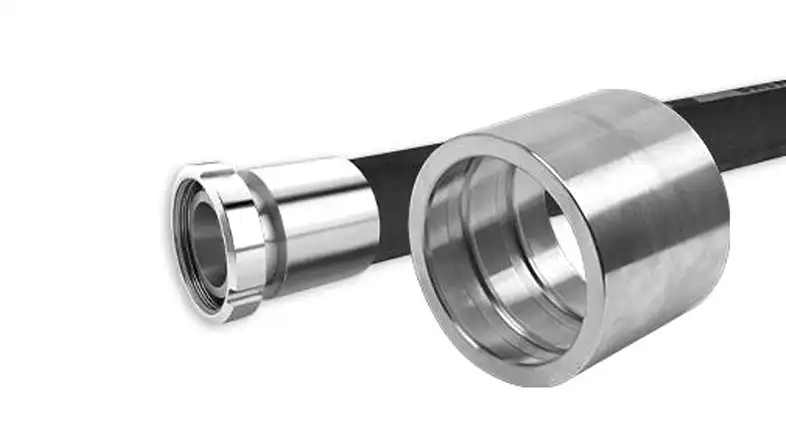
Stainless steel is a popular material for hose ferrules due to its exceptional durability and resistance to corrosion. These ferrules are ideal for applications in demanding environments where exposure to harsh chemicals, high temperatures, or corrosive substances is common.
Stainless steel ferrules provide a reliable and long-lasting connection, making them suitable for industries such as petrochemical, pharmaceutical, and food processing. The robust nature of stainless steel ensures the ferrules maintain their structural integrity even in challenging conditions, contributing to the overall reliability of hose assemblies.
2. Brass Ferrules:
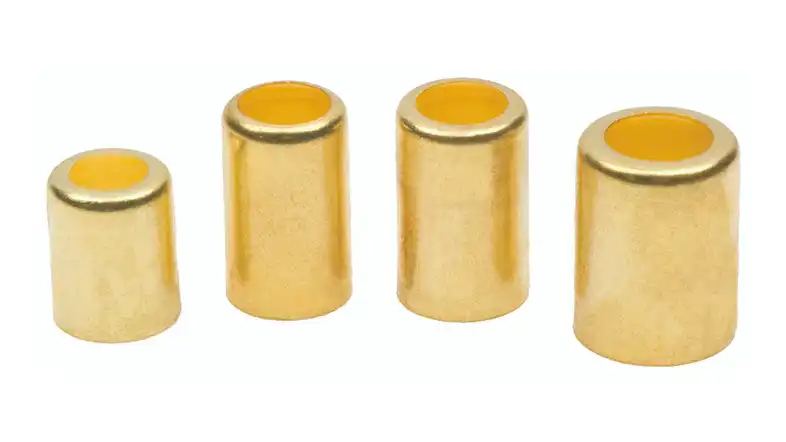
Brass is a versatile material commonly used for hose ferrules, offering a balance between strength and cost-effectiveness. Brass ferrules are widely employed in various industries where a robust yet economical solution is required. The corrosion-resistant properties of brass make these ferrules suitable for many applications, particularly those involving water or mild chemicals. Additionally, brass ferrules are known for their malleability, allowing for easy fabrication and customization. While not as resistant to harsh conditions as stainless steel, brass ferrules provide a cost-effective option without compromising on reliability.
3. Plastic Ferrules:
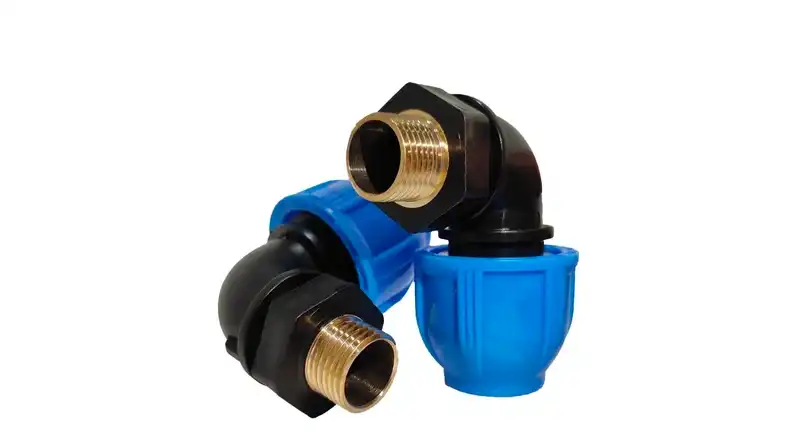
Plastic ferrules offer a lightweight and corrosion-resistant alternative for specific applications. These ferrules are commonly used in less demanding environments where the emphasis is on reducing weight or avoiding metal corrosion issues.
The versatility of plastic allows for customization in terms of color and shape. Plastic ferrules are often chosen for applications in industries such as agriculture, where lightweight components are advantageous. While not as robust as metal alternatives, plastic ferrules provide a viable option for scenarios where their specific characteristics align with the requirements of the application.
In conclusion, the selection of material for hose ferrules depends on the operational environment, the type of fluids or gases being transferred, and the overall demands of the application.
Each material has its unique set of advantages, allowing for tailored solutions that prioritize factors such as durability, resistance to corrosion, and cost-effectiveness.
Choosing the Right Hose Ferrule
Compatibility with Hose Material
Selecting a ferrule that is compatible with the material of the hose is crucial to prevent chemical reactions or degradation over time.
Temperature and Pressure Considerations
Matching the ferrule’s temperature and pressure ratings to the application’s requirements ensures optimal performance and safety.
Size and Style Matching
Choosing the right size and style of ferrule for the hose and fitting is essential to achieve a snug fit and prevent leaks.
Installation Tips
Proper Crimping Techniques
For crimped ferrules, following proper crimping techniques is imperative to ensure a secure and reliable connection. This involves using the right tools and following manufacturer guidelines.
Reusable Ferrule Installation
When dealing with reusable ferrules, attention to detail during installation is crucial. Ensuring proper alignment and tightness will prevent issues during operation.
Ensuring a Secure Connection
Regardless of the ferrule type, confirming a secure connection by inspecting for any visible defects or misalignments is essential before putting the hose assembly into service.
Common Hose Ferrule Issues
Corrosion
Corrosion can affect the structural integrity of the ferrule, leading to leaks and potential safety hazards. Choosing a corrosion-resistant material and regular inspection can mitigate this issue.
Leakage
Improper installation or worn-out ferrules can result in leaks. Regularly inspecting and replacing damaged ferrules will help maintain a reliable hose assembly.
Incorrect Installation
Incorrectly installed ferrules can compromise the entire hose assembly. Proper training and adherence to guidelines are crucial to prevent installation errors.
Maintenance and Care
Regular Inspection
Regularly inspecting hose assemblies for signs of wear, damage, or misalignment ensures early detection of potential issues, allowing for timely maintenance.
Cleaning Procedures
Applying appropriate cleaning procedures, depending on the application, helps prevent contaminants from affecting the ferrule’s performance.
Replacement Guidelines
Establishing clear guidelines for ferrule replacement based on usage and environmental conditions is essential to prevent unexpected failures.
Advantages of Using Hose Ferrules
Enhanced Safety
The use of hose ferrules enhances safety by providing a reliable connection, reducing the risk of leaks and potential accidents.
Improved Hose Performance
Well-matched ferrules contribute to improved hose performance, ensuring optimal fluid or gas transfer without interruptions.
Longevity of Hose Assemblies
Properly selected and maintained hose ferrules contribute to the longevity of hose assemblies, reducing downtime and replacement costs.
Case Studies
Successful Applications
Explore real-world applications where the use of hose ferrules has led to successful outcomes, highlighting their role in diverse industries.
Lessons Learned
Analyze case studies to understand challenges faced and lessons learned in the implementation of hose ferrules, providing valuable insights.
Innovations in Hose Ferrule Technology
Emerging Trends
Stay updated on the latest trends in hose ferrule technology, including innovations that aim to improve performance, durability, and ease of use.
Future Developments
Look ahead to the future of hose ferrules, considering ongoing research and development that may bring about revolutionary changes in the industry.
Environmental Impact
Eco-Friendly Ferrule Materials
Explore environmentally friendly options for ferrule materials, contributing to sustainability in the manufacturing and usage of hose assemblies.
Sustainable Manufacturing Practices
Learn about manufacturing practices that prioritize sustainability, reducing the overall environmental impact of hose ferrules.
Industry Standards and Regulations
Compliance Requirements
Understand the importance of compliance with industry standards and regulations, ensuring the safety and reliability of hose assemblies.
Certification Marks
Recognize the significance of certification marks on hose ferrules, indicating adherence to quality standards and specifications.
Troubleshooting Guide
Identifying and Resolving Common Issues
Equip yourself with a comprehensive troubleshooting guide, helping you identify and resolve common hose ferrule issues effectively.
Seeking Professional Assistance
Know when to seek professional assistance for complex issues, ensuring the expertise needed for the resolution of challenging problems.
Customer Testimonials
Positive Experiences
Read about positive experiences from users who have benefited from the use of hose ferrules in their applications.
Real-World Feedback
Gain valuable insights from real-world feedback, understanding the practical advantages and challenges faced by users of hose ferrules.
Conclusion
Recap of Key Points
Summarize the key points discussed throughout the article, emphasizing the importance of hose ferrules in maintaining efficient and safe hose assemblies.
Final Thoughts on Hose Ferrules
Conclude with your final thoughts on the significance of hose ferrules, reiterating their role in enhancing the reliability and performance of hose assemblies.



